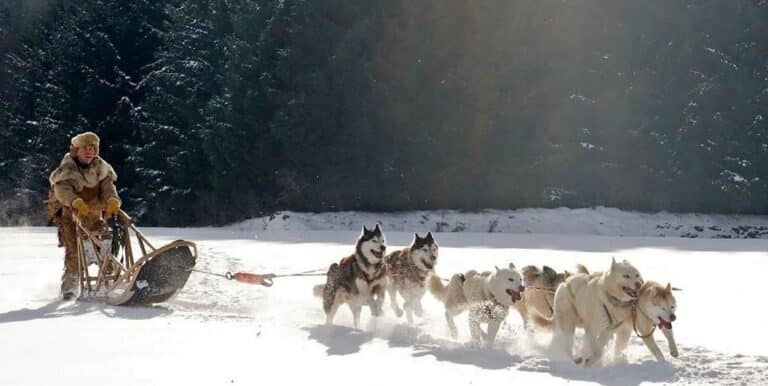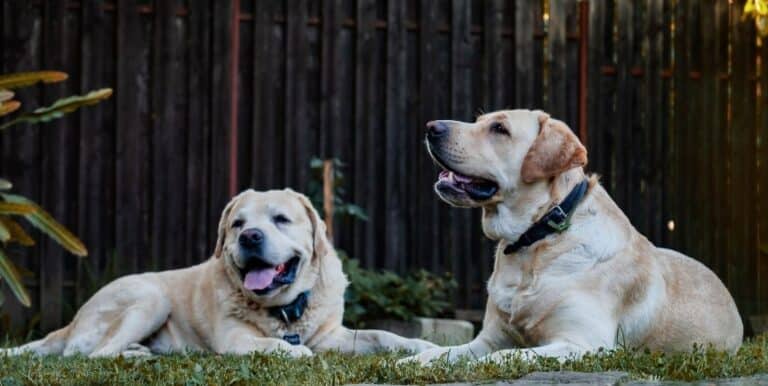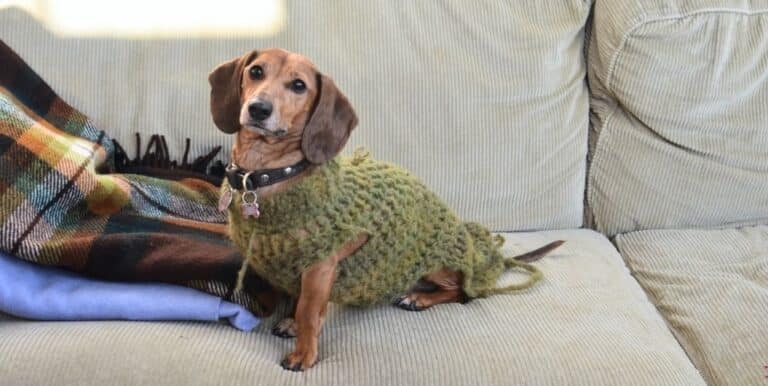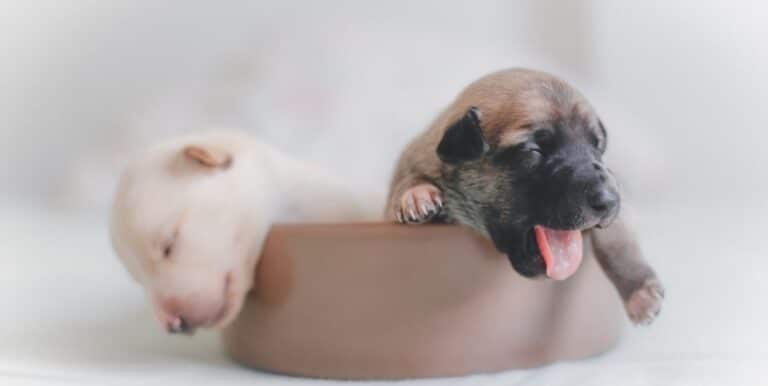What is a Dog Potty?
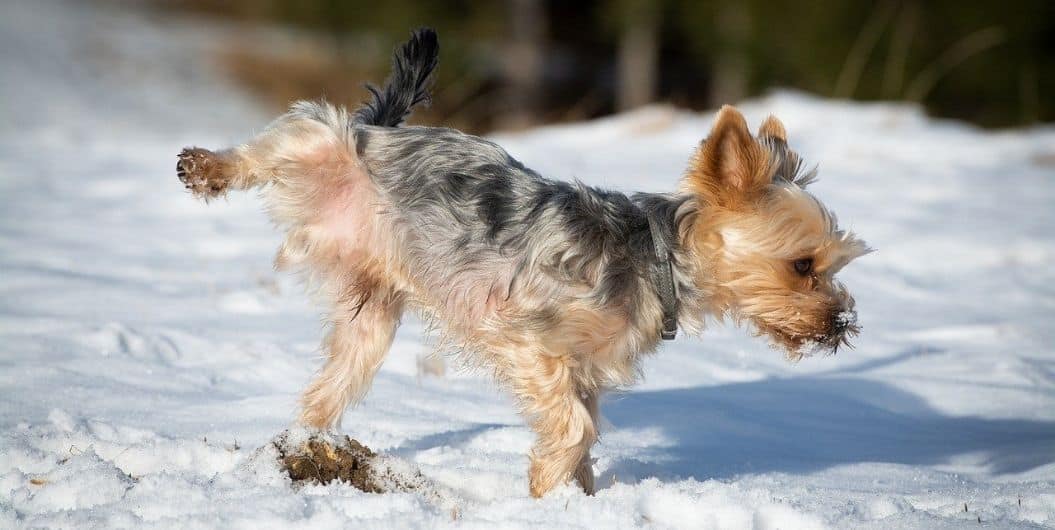
A dog’s got to do what a dog’s got to do, and that can prove to be problematic for indoor dog owners who live on the 50th floor of a high rise apartment building. Many dogs reject the traditional litter box route followed by indoor cats, since dogs do not care for the feel of litter and are not as fastidious about covering up the scene of the crime. One popular solution for this elimination dilemma is known as a dog potty.
A dog potty is essentially a litter box designed with the bathroom habits of dogs in mind. There are a variety of dog potties for owners to choose from, from a simple grated box to an outdoor swatch of real grass and sod. A dog potty is usually larger in area than a cat’s litter box, and can be lined with absorbent materials such as newspaper or a commercial wee-wee pad.
One style of dog potty operates much like a litter box with a special grate. The dog walks on top of the mesh grate and proceeds to defecate and urinate at will. The dog’s urine passes through the mesh and into absorbent material placed in the box. Solid waste is trapped on top of the grate, which at first blush may not be a dog potty’s biggest selling point. However, the mesh grate can be flipped over by the owner without coming into direct contact with the puppy presents or doggie doo. The feces falls into the box, and the whole mess can be collected in a plastic bag for easy disposal.
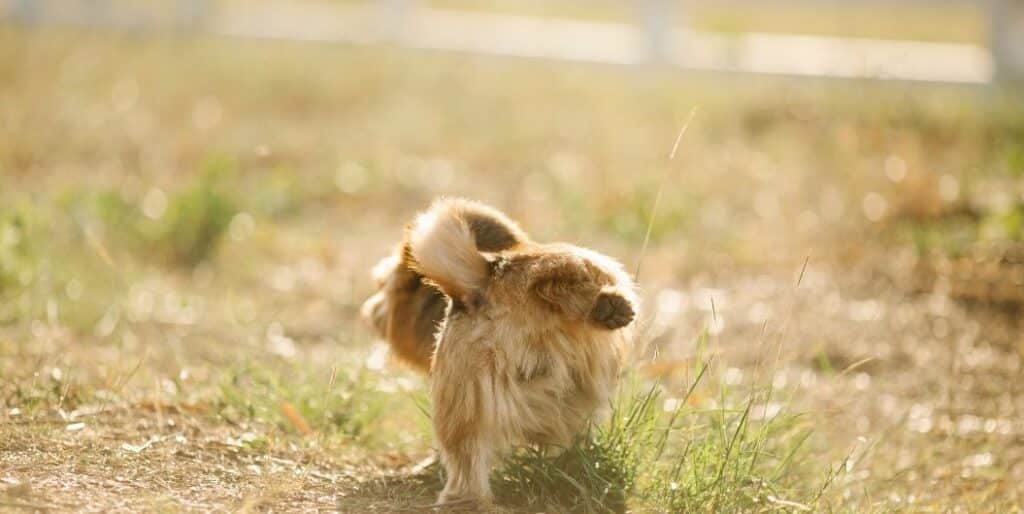
A dog’s got to do what a dog’s got to do, and that can prove to be problematic for indoor dog owners who live on the 50th floor of a high rise apartment building. Many dogs reject the traditional litter box route followed by indoor cats, since dogs do not care for the feel of litter and are not as fastidious about covering up the scene of the crime. One popular solution for this elimination dilemma is known as a dog potty.
A dog potty is essentially a litter box designed with the bathroom habits of dogs in mind. There are a variety of dog potties for owners to choose from, from a simple grated box to an outdoor swatch of real grass and sod. A dog potty is usually larger in area than a cat’s litter box, and can be lined with absorbent materials such as newspaper or a commercial wee-wee pad.
One style of dog potty operates much like a litter box with a special grate. The dog walks on top of the mesh grate and proceeds to defecate and urinate at will. The dog’s urine passes through the mesh and into absorbent material placed in the box. Solid waste is trapped on top of the grate, which at first blush may not be a dog potty’s biggest selling point. However, the mesh grate can be flipped over by the owner without coming into direct contact with the puppy presents or doggie doo. The feces falls into the box, and the whole mess can be collected in a plastic bag for easy disposal.
Another form of dog potty attempts to bring the Great Outdoors to an apartment with a balcony. A box containing a section of real sod and grass is delivered to subscribers of a professional animal waste collection service. The owner places the box on an outside balcony and the dog should respond well to the feeling of real grass and dirt beneath his or her feet. Subscribers to the full dog potty service typically receive a replacement section of sod and grass every week, but non-subscribers can still purchase their own sod from a local plant nursery or garden shop.
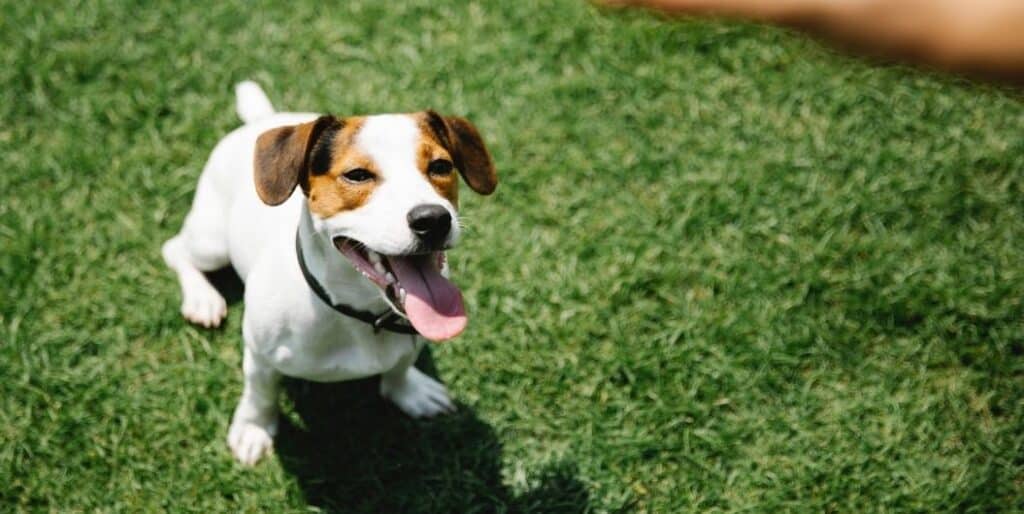
The advantages of indoor dog potties over traditional housetraining methods include the inability for the animal to track wet litter throughout the home and a more hygienic clean-up system for the owner. The dog’s paws are also kept separated from the urine-soaked litter, which prevents the unpleasant sensation of wet paws landing on an owner’s lap. Some dogs previously housetrained with traditional wee-wee pads or newspapers may have to be retrained to use a dog potty, but young untrained puppies seem to have few problems learning the ins and outs of a dog potty system.
The advantages of indoor dog potties over traditional housetraining methods include the inability for the animal to track wet litter throughout the home and a more hygienic clean-up system for the owner. The dog’s paws are also kept separated from the urine-soaked litter, which prevents the unpleasant sensation of wet paws landing on an owner’s lap. Some dogs previously housetrained with traditional wee-wee pads or newspapers may have to be retrained to use a dog potty, but young untrained puppies seem to have few problems learning the ins and outs of a dog potty system.

